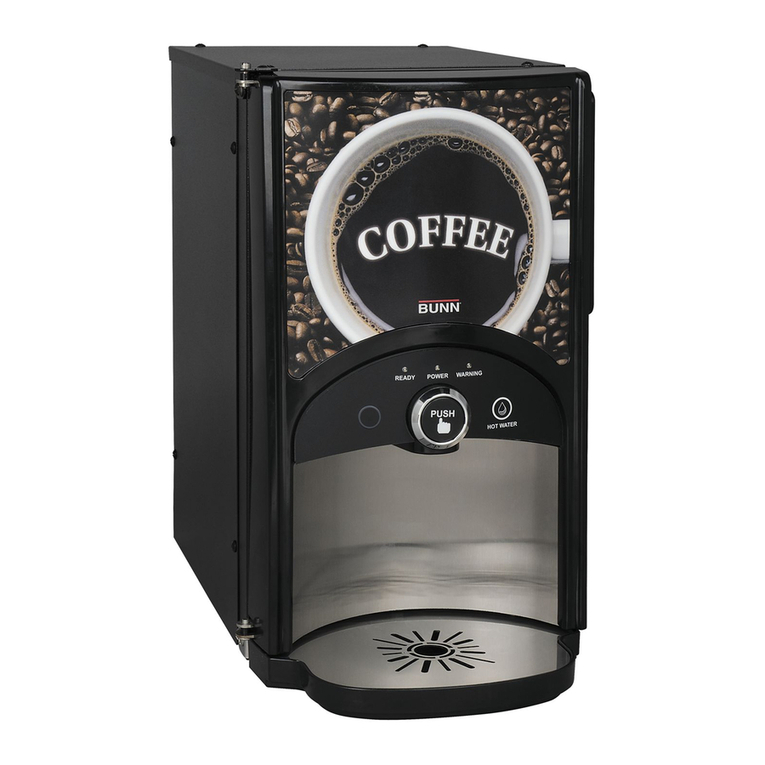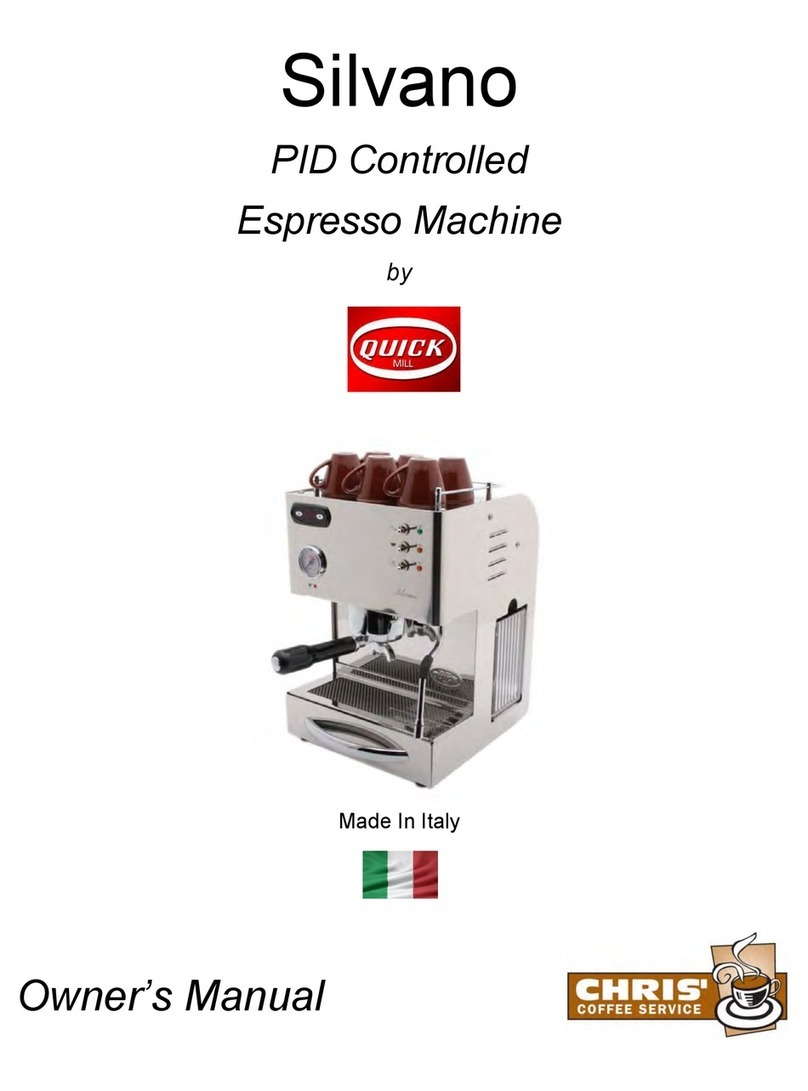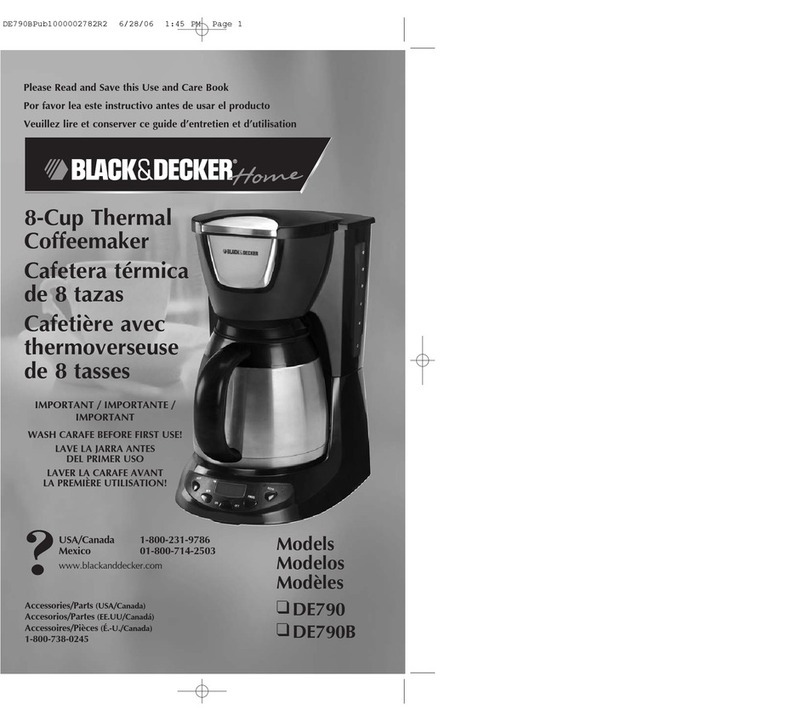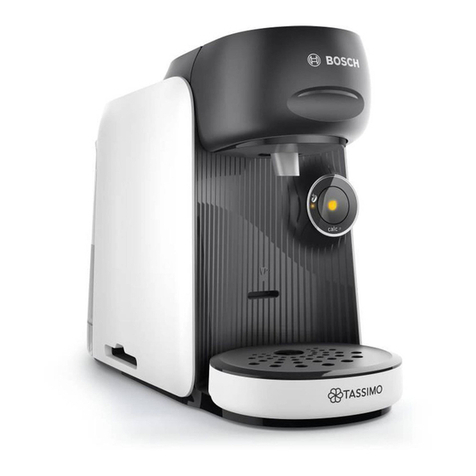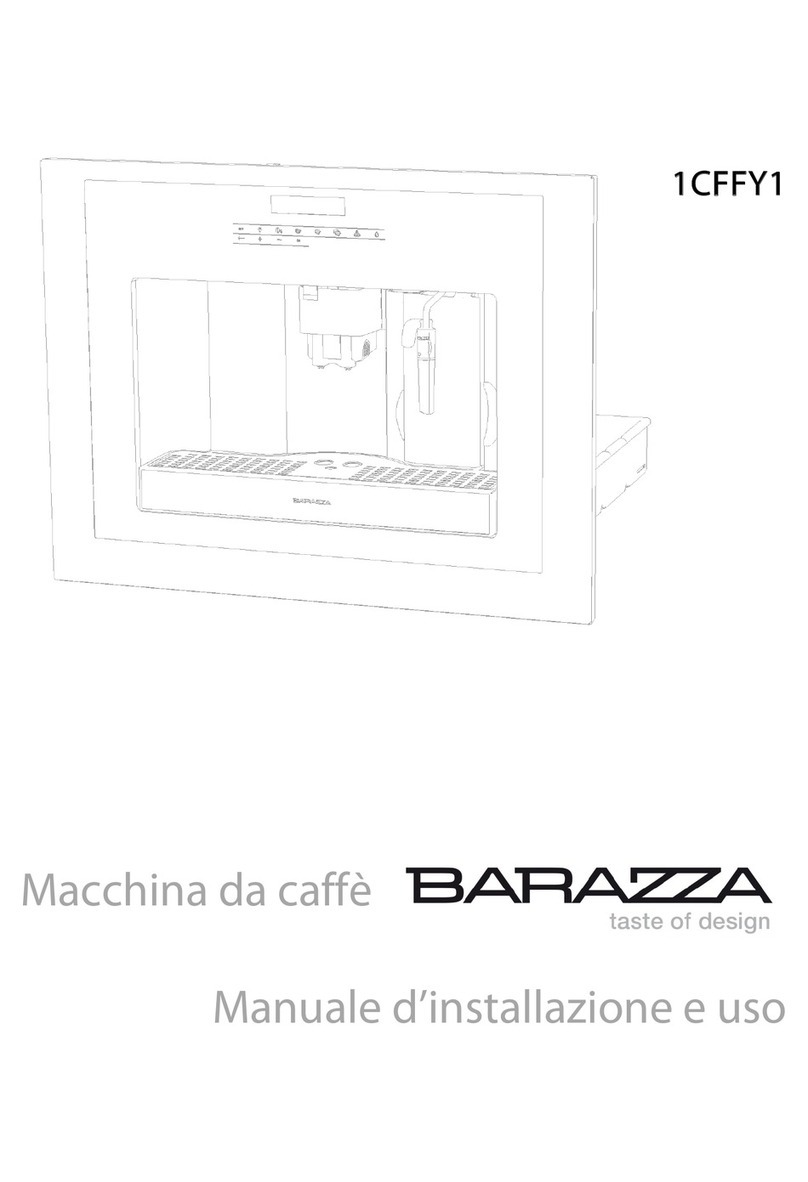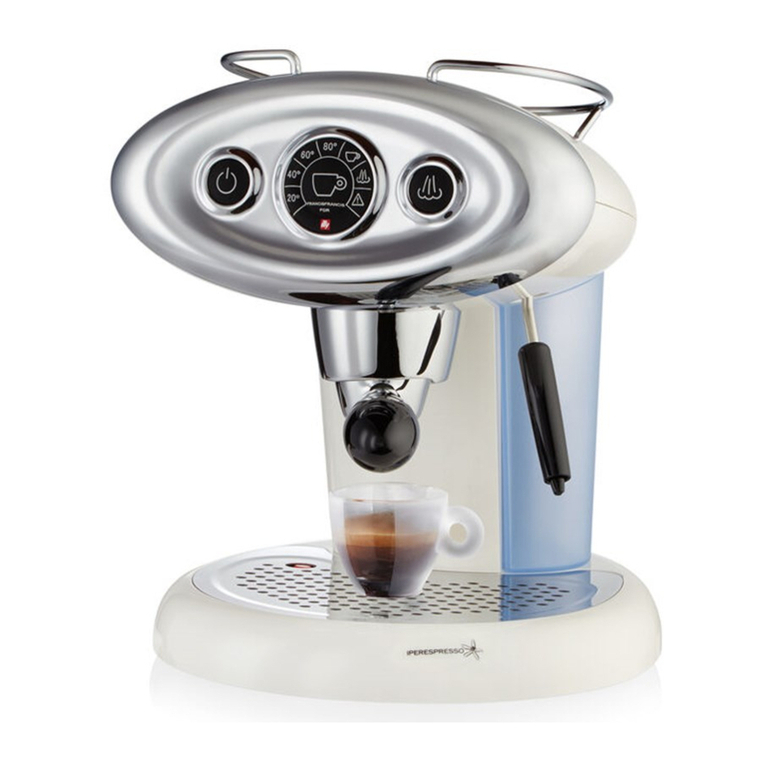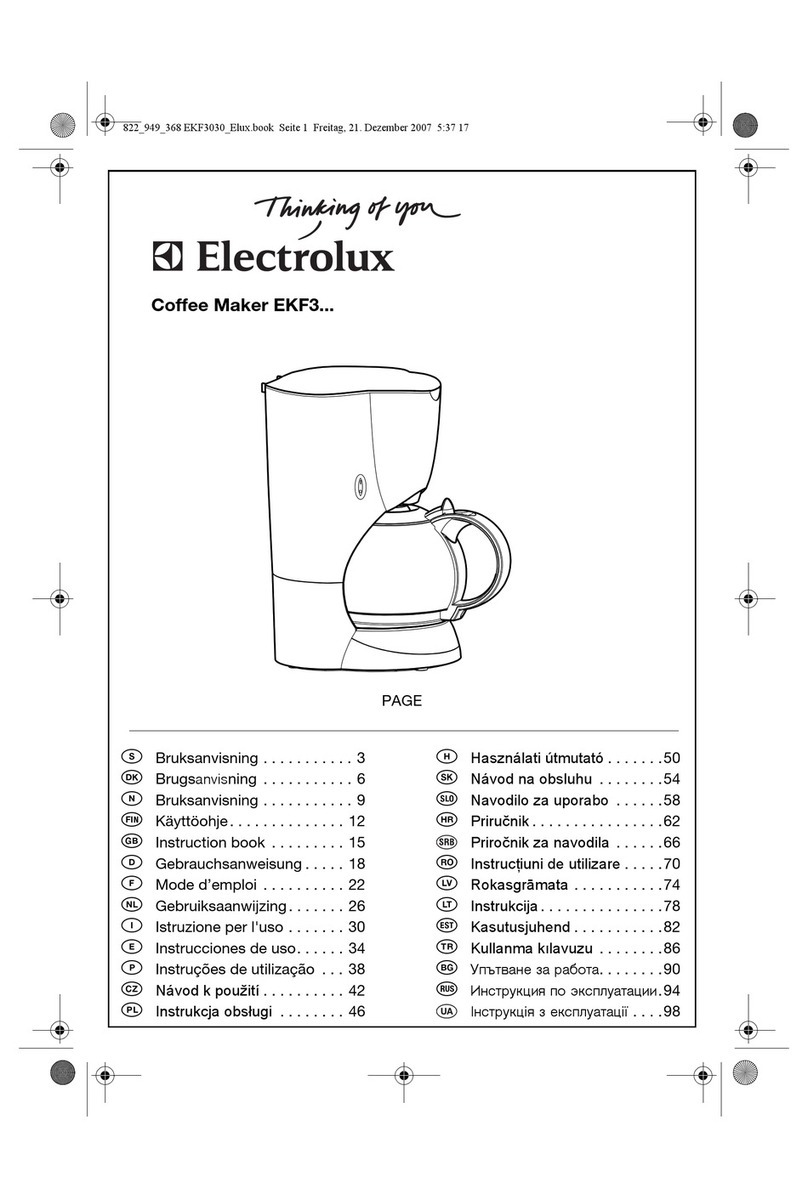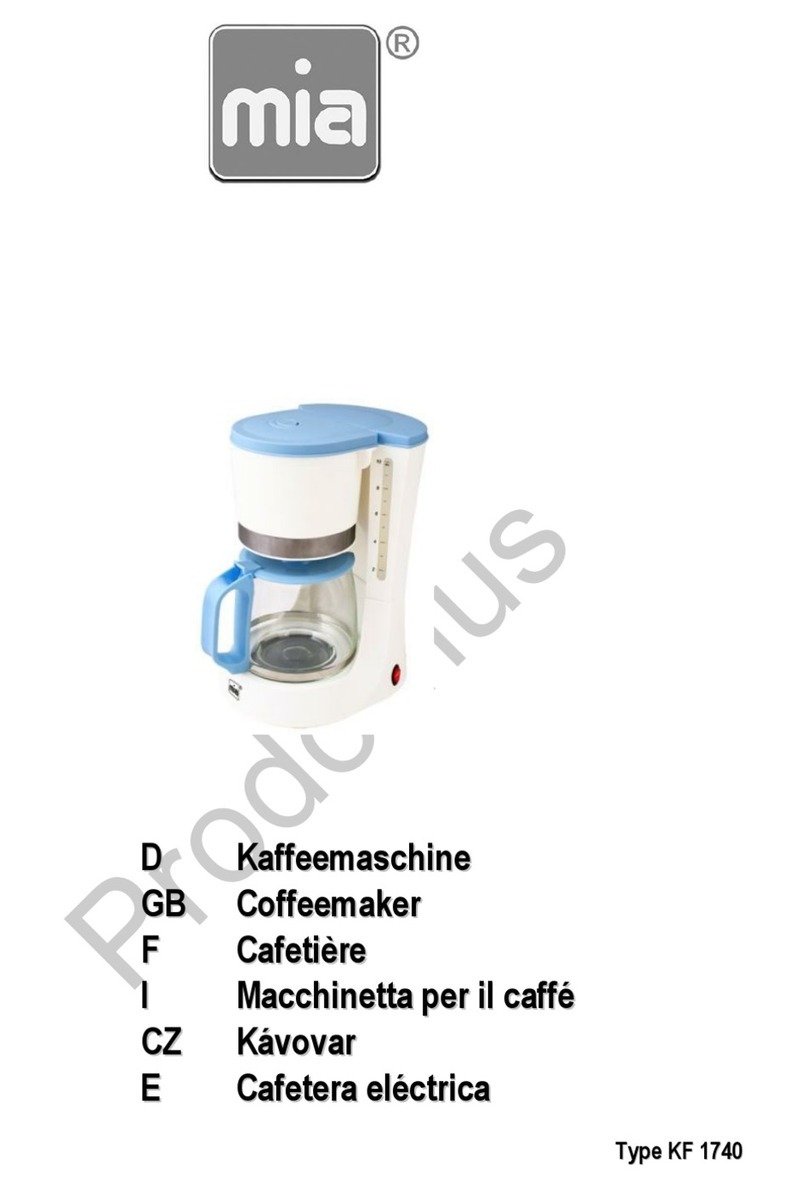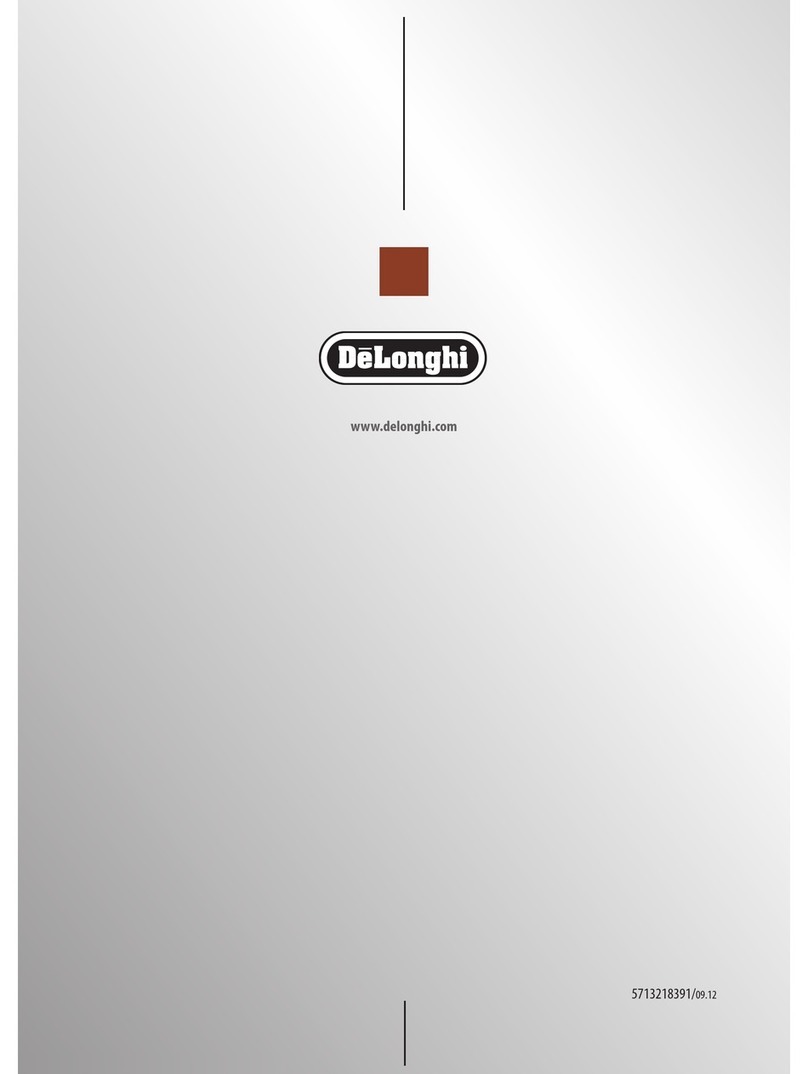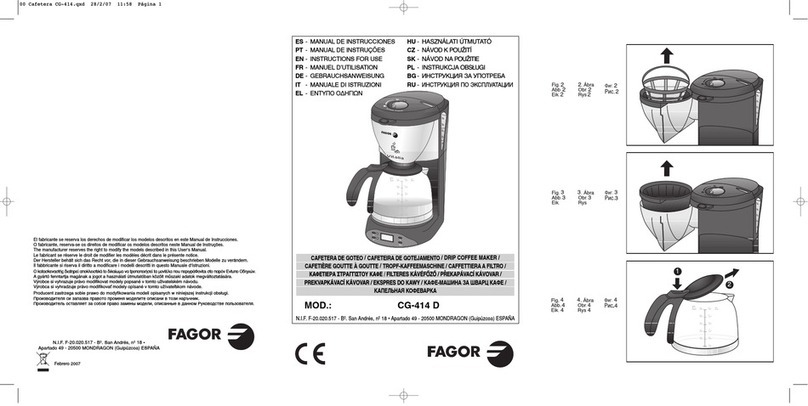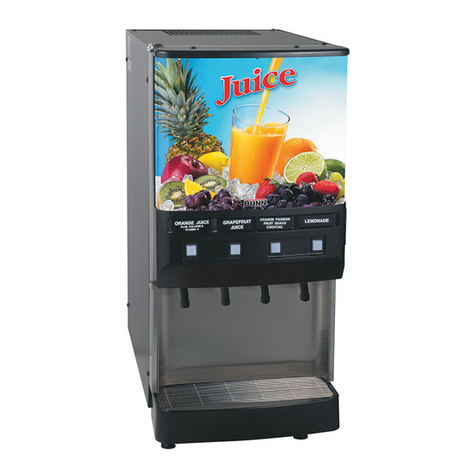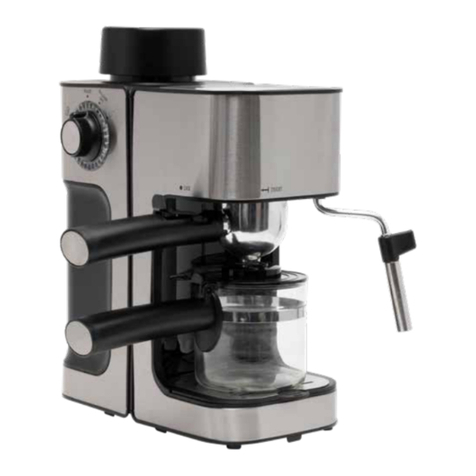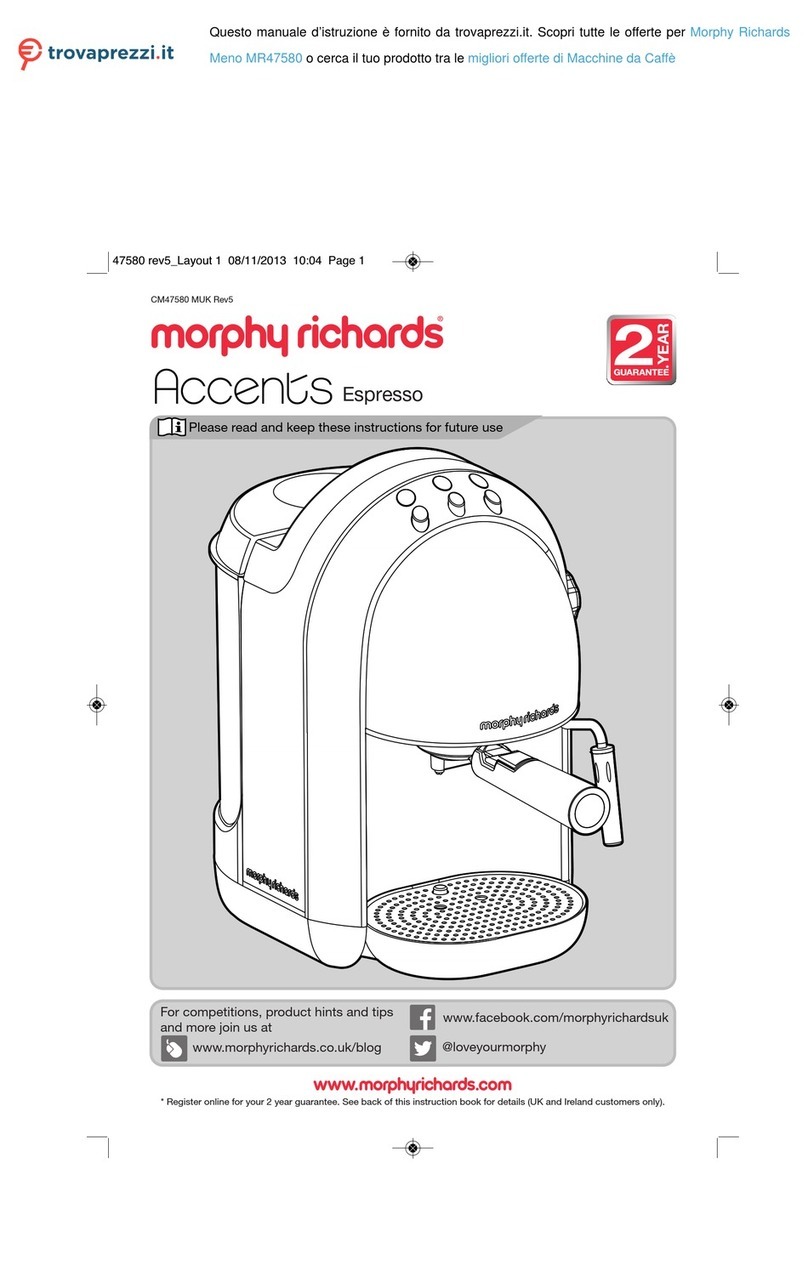9
USING THE APPLIANCE
FOR THE FIRST TIME
• Coffee has been used to factory test the ap-
pliance and it is therefore completely normal
for there to be traces of coffee in the mill.
The machine is, however, guaranteed to be
new.
• You should customise water hardness as
soon as possible following the instructions
in the “Setting water hardness” chapter.
1. Connect the appliance to the mains electri-
city supply and press the main switch (A23).
You must select the required language:
2. To set English, wait for the appliance to di-
splay “PRESS OK TO INSTALL ENGLISH”.
While the message is displayed, press the
button (B9) (fig. 1) for at least 3 se-
conds until “ENGLISH INSTALLED” is di-
splayed.
The appliance then displays the setting con-
firmed message in English.
If you set the wrong language by mistake,
follow the instructions in the chapter “Chan-
ging the language” to choose the right lan-
guage.
Follow the instructions indicated by the ap-
pliance:
3. After 5 seconds, the appliance displays “FILL
TANK”. To fill the water tank, remove (fig. 2),
rinse and fill with fresh water.
Replace the tank and push as far as it will go.
4. Place a cup under the cappuccino maker (fig.
3).
The appliance now displays: “HOT WATER
PRESS OK”.
Press the button (B9) (fig. 1) and after
a few seconds a little water comes out of the
cappuccino maker. (Delivery stops automa-
tically).
5. The machine now displays “TURNING OFF...
PLEASE WAIT” and goes off.
6. Extract the appliance by pulling it out using
the handles (fig. 4). Open the lid and fill the
container with coffee beans, then close the
lid and push the appliance in.
Important! To prevent malfunction, never
introduce pre-ground coffee, freeze dried coffee,
caramelised beans or anything else which could
damage the appliance.
The coffee maker is now ready for normal use.
N.B.! When using the appliance for the
first time, you need to make 4/5 cups of coffee
and 4/5 cappuccinos before the appliance starts
to give satisfactory results.
N.B.! Each time the coffee maker is tur-
ned on by using the main switch (A23), the ap-
pliance performs a “SELF-DIAGNOSIS” cycle and
then goes off. To turn it on again, turn the knob
(A7) (to the right or left) (fig. 5).
Installing the filter
Some models are fitted with a water softener fil-
ter to improve the quality of the water used and
extend the working life of the appliance.
To install, proceed as follows:
1. Remove the filter from the packaging (A25).
2. Slide the pointer of the date indicator (see
fig. 28) until the months of use are displayed.
N.B.: The filter lasts about 2 months if
the appliance is used normally. If the coffee
maker is left unused with the filter installed,
it will last a maximum of 3 weeks.
3. Insert the filter in the water tank (A12) and
press it until it touches the bottom of the
tank (see fig. 28).
4. Fill the tank and place in the coffee maker.
5. Turn the cappuccino maker (A10) outwards
and place a container underneath (min. ca-
pacity 100 ml).
N.B.: When you install the filter, you must
notify the appliance of its presence.
6. Press the button (B6) to enter the menu;
7. Press the button (B7) until “INSTALL
FILTER” is displayed.
8. Press the button (B9).
9. “HOT WATER PRESS OK” is displayed.
